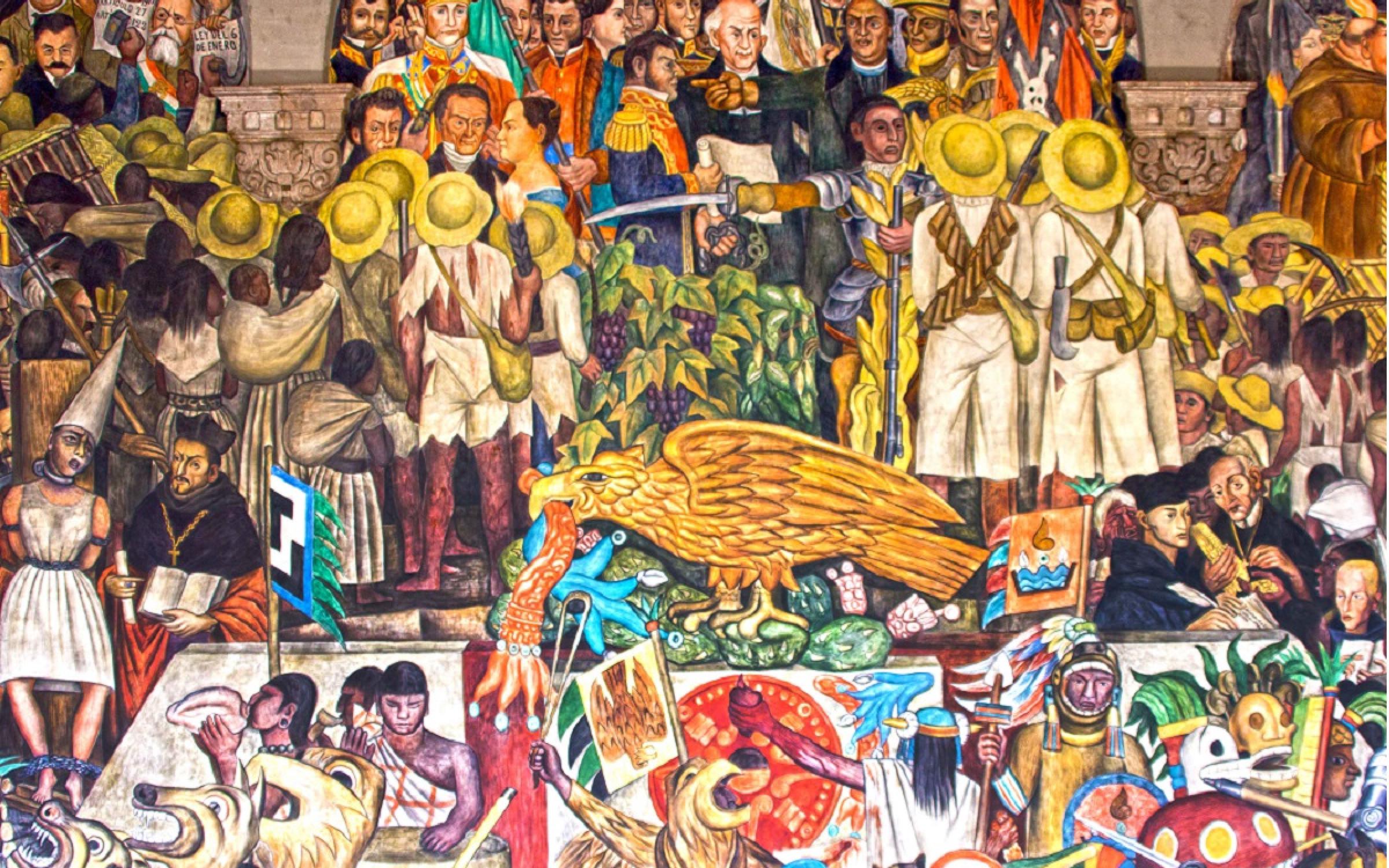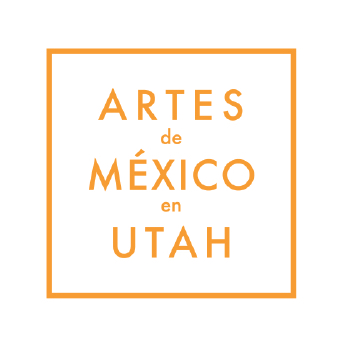
Wednesday, July 8 | 6:30–7:30 pm | FREE | Register Now on Zoom
Created in a year-long partnership with Artes de México en Utah, the UMFA presents a unique series of classes designed to explore Mexican history through art. The series consists of three sessions in June, July, and August, each with a unique artistic focus. Taught by Susan Vogel, Renato Olmedo-Gonzalez, and Fanny Guadalupe Blauer, in July's lesson we will discuss the history of Mexican muralism.
In a country rebuilding itself after its revolution, the Mexican Muralist movement began as a government-funded form of public art. It provided an opportunity for the common people to have access to art and promoted messages of Mexican cultural identity, history, politics, oppression, resistance, indigeneity, mestizaje and the rejection of external influences. Muralism created the conversation of art and politics within Mexico and, while it employed various artists from across the country—indeed the world!—three muralists emerged and became known as “los tres grandes.” Who were these great muralists and how did they influence not only Mexico but also the rest of the world? We will hear from both community members and a scholar to offer multiple perspectives of the muralism movement.
Tune in to the whole series from home this summer!
Susan Vogel is a freelance writer, journalist and attorney. She holds a B.A. in English from San Francisco State University and a J.D. from University of California, Hastings College of the Law. During college she studied at the Universidad Nacional Autónoma de México City. In 1990, she received a grant from Utah Humanities to research Utah-born Mexican muralist Pablo O’Higgins (nee Paul Higgins). It resulted in the first English language biography about the artist, Becoming Pablo O’Higgins (2010). In 2010, after seeing the UMFA’s exhibit Artes de México and assisting with its companion exhibit about O’Higgins, Susan, along with Tina Misrachi Martin, daughter of Diego Rivera’s art dealer, Alberto Misrachi, and architect Bernardo Flores-Sahagún co-founded the nonprofit Artes de México en Utah in the UMFA café.
A proud queer Mexican immigrant, Renato Olmedo-González serves as manager of annual giving at the UMFA. He began his career in the arts with Artes de México en Utah while an undergraduate at the U, where he double majored in art history and Latin American studies. Before joining the UMFA, Renato led the community affairs section of the Consulate of Mexico in Salt Lake City.
A native of Mexico and graduate of the Instituto Politecnico Nacional, Fanny Guadalupe Blauer has worked as an accountant in Mexico and the US. She is Board Chair of Artes de Mexico en Utah and a passionate presenter of cultural workshops. She works as community liaison at the Natural History Museum of Utah. Fanny recently earned an Anthropology of Art diploma from the Center for Research and Advanced Studies of Social Anthropology.
This series of classes is funded by Art Bridges, with additional support from the Center for Latin American Studies.


Created in partnership with Artes de México en Utah, Utah Humanities, and Salt Lake Public Library.

